Franco Banfi: Azores archipelago
Days take their cue from different sources, from the sea and its coming-and-going cadence of tides. From the weather, with its changeable moods and from the wind, which soon snuffs out the intentions of anyone wanting to get too much done. As if life has no choice but to adapt to local customs that revolve around fishing, the sea, and the whims of the weather. Nine islands of lava. They are a paradise lost in time.
The central group of islands are known for cetaceans, particularly sperm whales (Physeter catodon), blue whales (Balaenoptera musculus) and more than a dozen species of dolphins and marine mammals.
The area has a very complex oceanographic circulation, influenced by the Gulf Stream and branches of the North Atlantic current and the Açores current. Oceanographic features of the area show steep submarine walls, ridges and escarpments and a very short continental shelf. These territories constitute a relatively food-rich area in the nutrient-poor central North Atlantic, and serve as a feeding ground for migrating cetaceans and for a plethora of other marine life, included apex predators: sharks and shoals of pelagic jacks, amberjacks, bonito, tunas, etc.
Franco Banfi is an award-winning versatile photographer, who fell in love with the Azores archipelago and its hidden underwater side. Recently he founded a company to run tours to particular destinations, leading small groups of travellers focused in wildlife.
To see more of his images and tours please check his website.
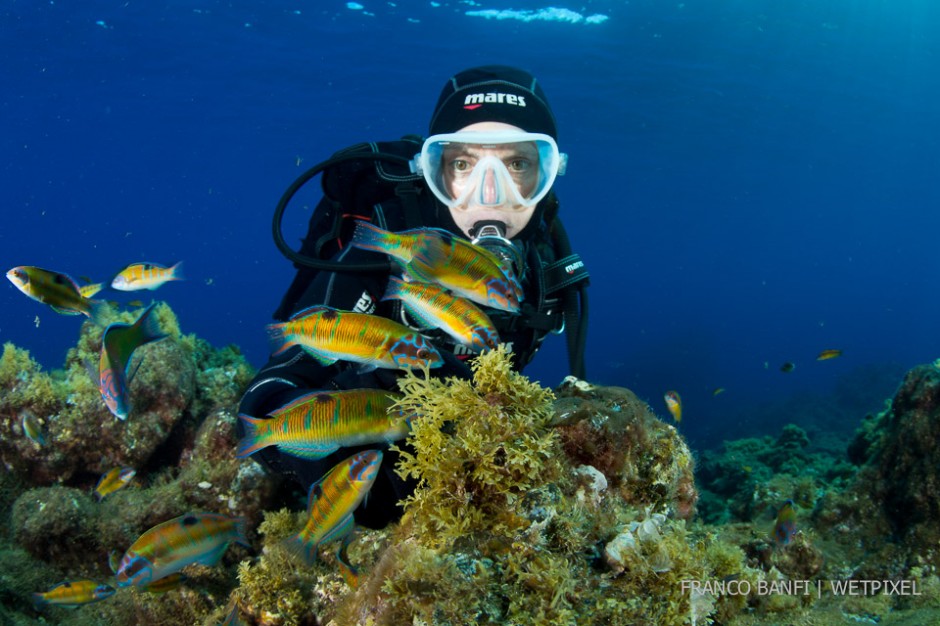
Scuba diver with shoal of Ornate wrasse, (Thalassoma pavo), Santa Maria Island, Azores, Portugal.
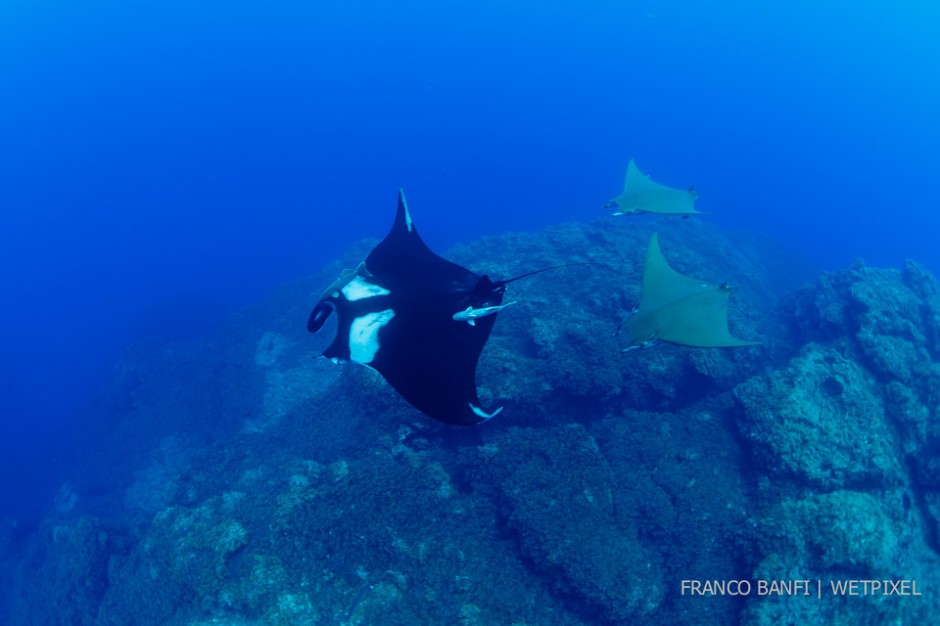
Giant Manta Ray, (Manta birostris) and two Chilean devil ray, (Mobula tarapacana), Formigas Islet dive site, 27 miles northeast of Santa Maria Island, Azores.

Giant Manta Ray, (Manta birostris), Formigas Islet dive site, 27 miles northeast of Santa Maria Island, Azores.
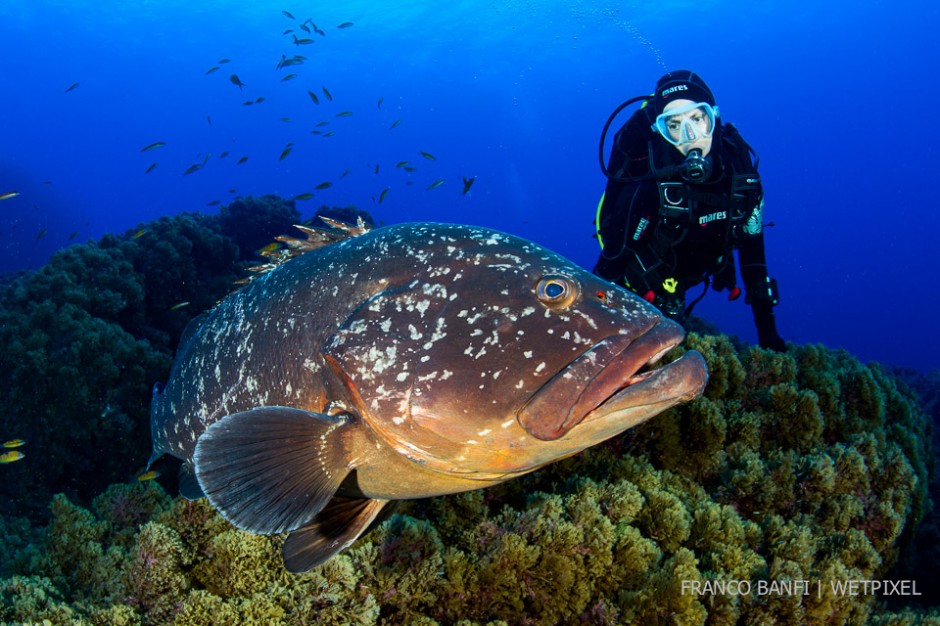
Scuba diver with Dusky grouper, (Epinephelus marginatus), Formigas Islet dive site, 27 miles northeast of Santa Maria Island, Azores.
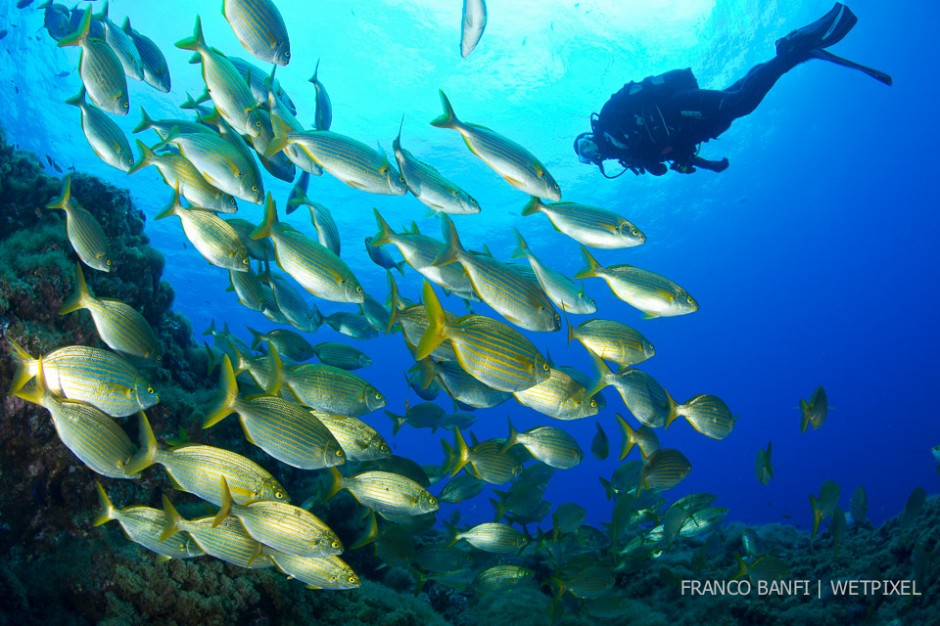
Scuba diver and school of Salemas, (Sarpa salpas), Formigas Islet dive site, 27 miles northeast of Santa Maria Island, Azores.

Shoal of Chilean devil ray, (Mobula tarapacana), Ambrosio dive site , 3 miles away from Santa Maria Island, Azores, Portugal.
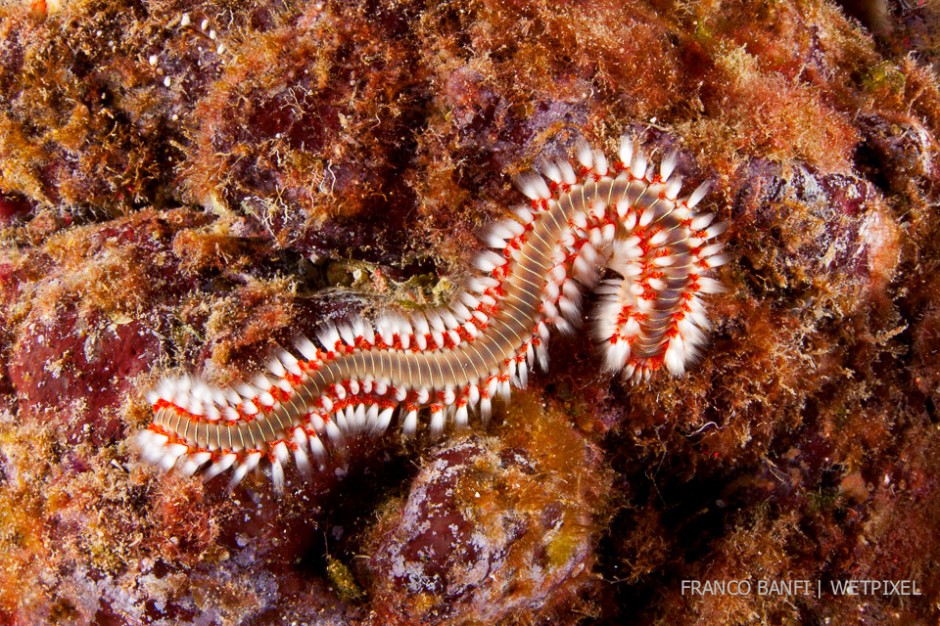
Fire worm, (Hermodice carunculata), Santa Maria Island, Azores, Portugal.
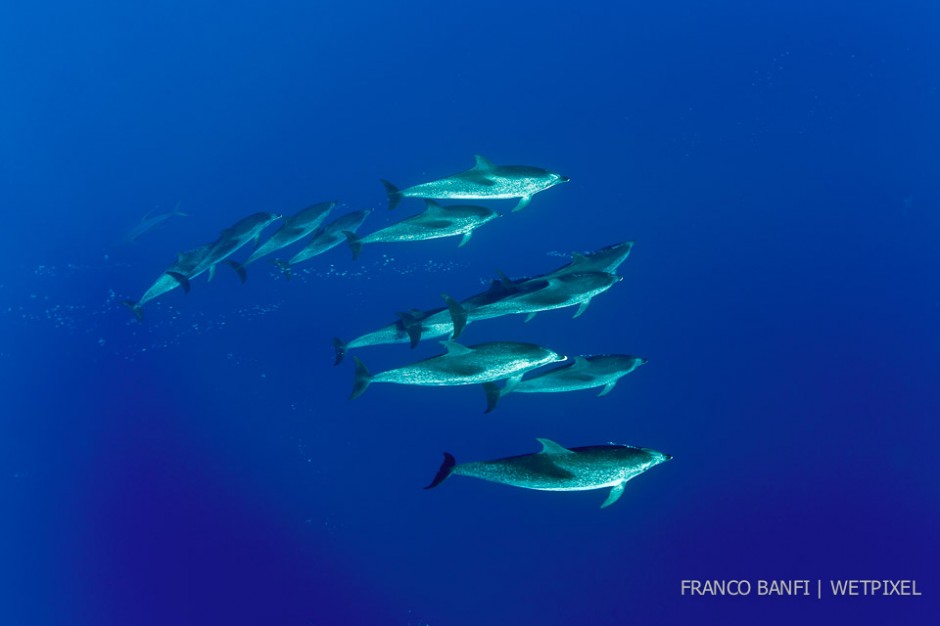
Large group of Atlantic spotted dolphins, (Stenella frontalis), Formigas Islet dive site, 27 miles northeast of Santa Maria Island, Azores.
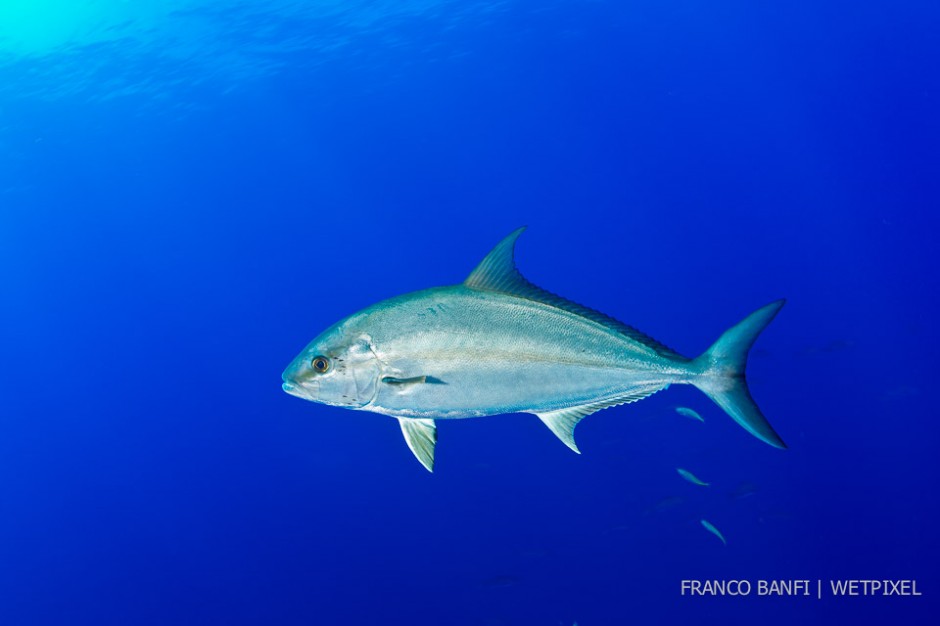
Greater amberjack, (Seriola dumerili), Santa Maria Island, Azores.
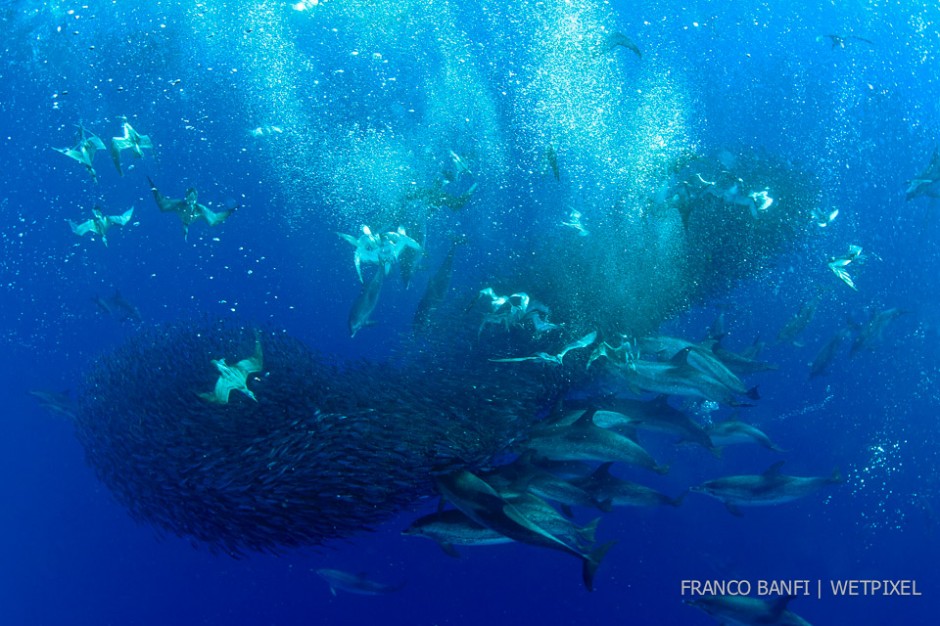
Cory's shearwaters, (Calonectris diomedea) or the "Cagarros" as they are called here in the Azores, diving among a mass of shoaling fish and feeding Atlantic spotted dolphins, (Stenella frontalis), Formigas Islet, Santa Maria Isla
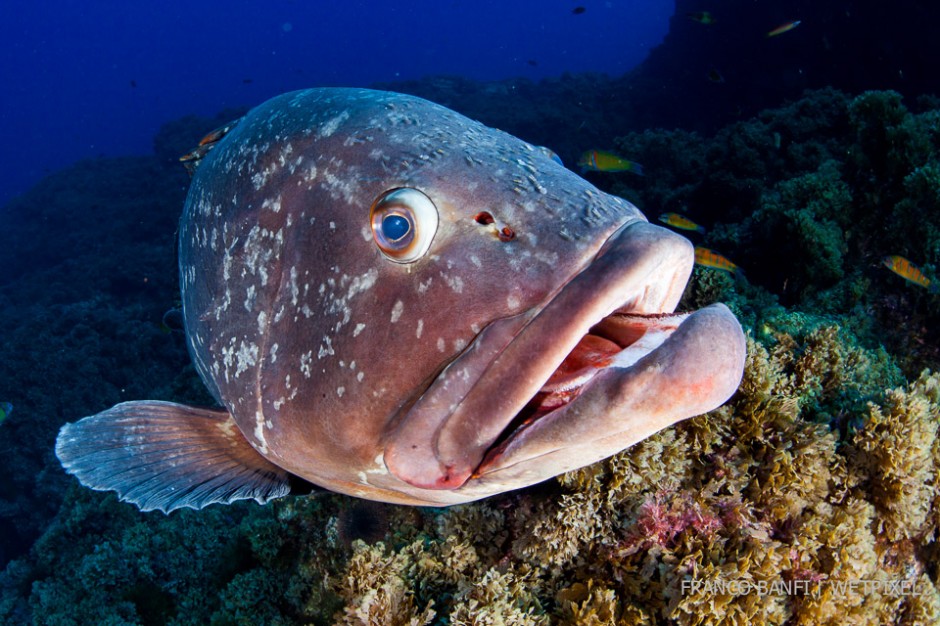
Dusky grouper, (Epinephelus marginatus), Formigas Islet dive site, 27 miles northeast of Santa Maria Island, Azores, Atlantic Ocean.

Grey triggerfish, (Balistes capriscus), Santa Maria Island, Azores, Portugal, Atlantic Ocean.
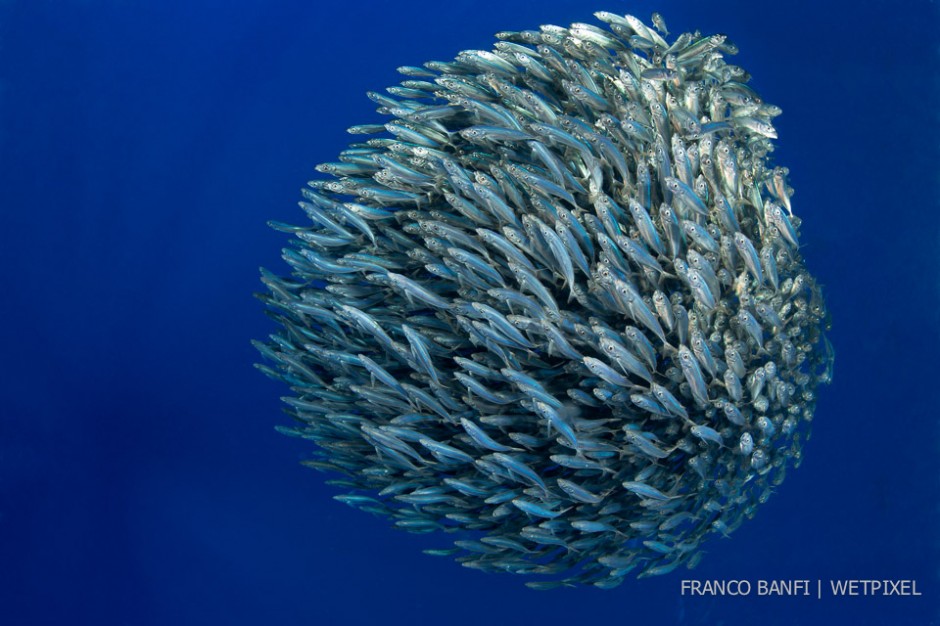
Hunting blue jack mackerel, (Trachurus picturatus). The mackerel have formed a bait ball, a defensive manoeuvre performed by schooling fish that makes it harder for the predators to pick out individuals. Formigas Islet dive site, 27 miles northeast

Snorkelers and whale shark, (Rhincodon typus), Santa Maria Island, Azores, Portugal, Atlantic Ocean.
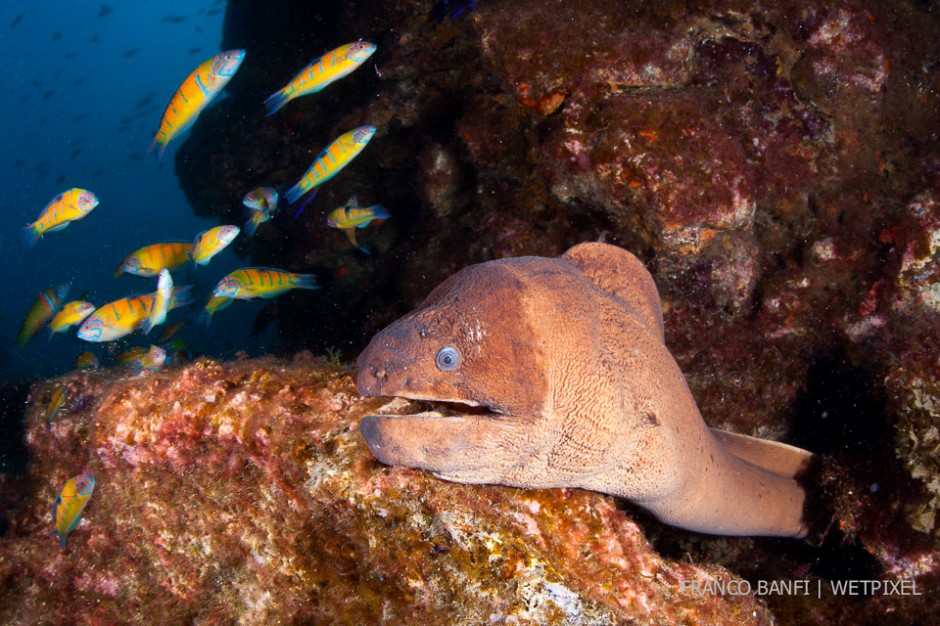
Brown moray eel, (Gymnothorax unicolor), Santa Maria Island, Azores, Atlantic Ocean.

Scuba diver with Chilean devil ray, (Mobula tarapacana), Santa Maria Island, Azores, Portugal, Atlantic Ocean.
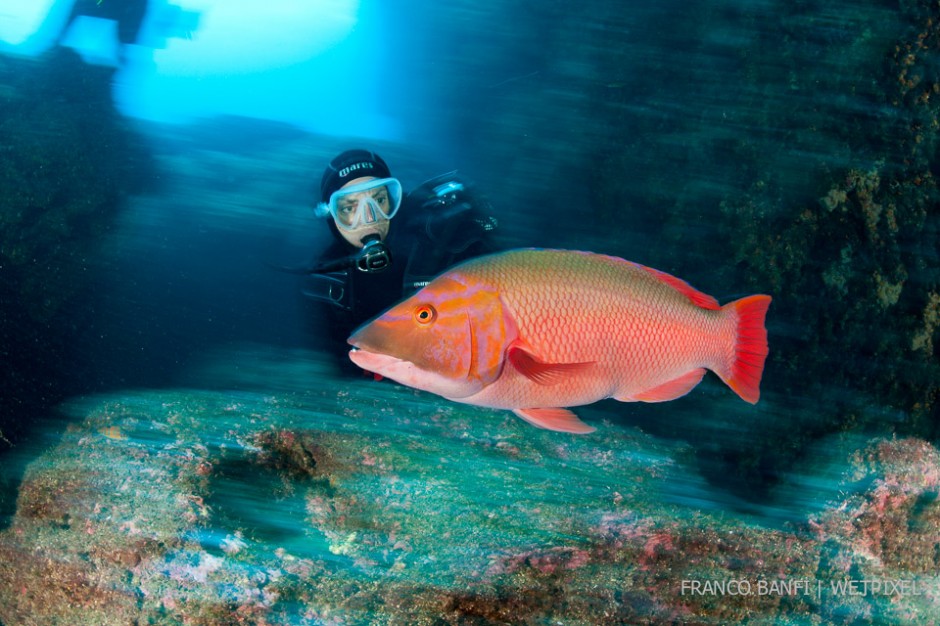
Scuba diver and Red hogfish, (Bodianus scrofa), Santa Maria Island, Azores, Atlantic Ocean.
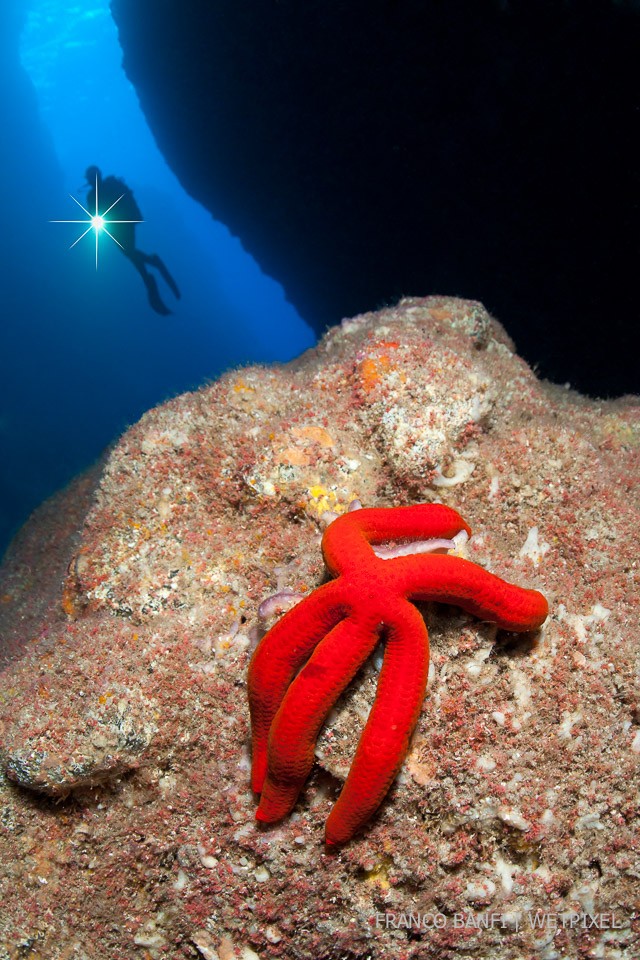
Scuba diver on the blue cave entry and purple sea star, (Ophidiaster ophidianus), Gruta Azul dive site, eastern coast of Santa Maria Island, Azores, Portugal, Atlantic Ocean.
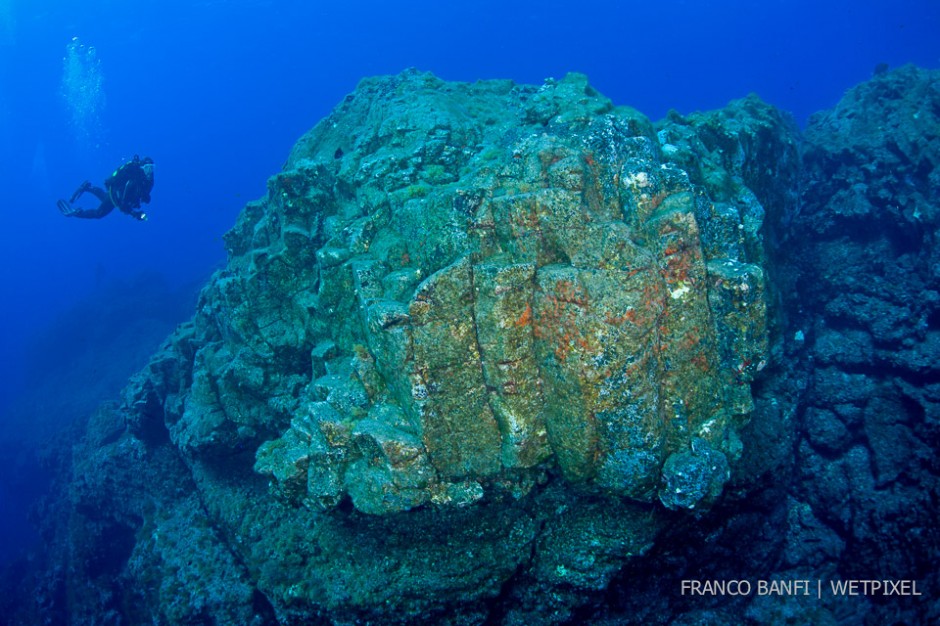
Scuba diver exploring the rocks formation at Formigas Islet dive site, 27 miles northeast of Santa Maria Island, Azores, Atlantic Ocean.
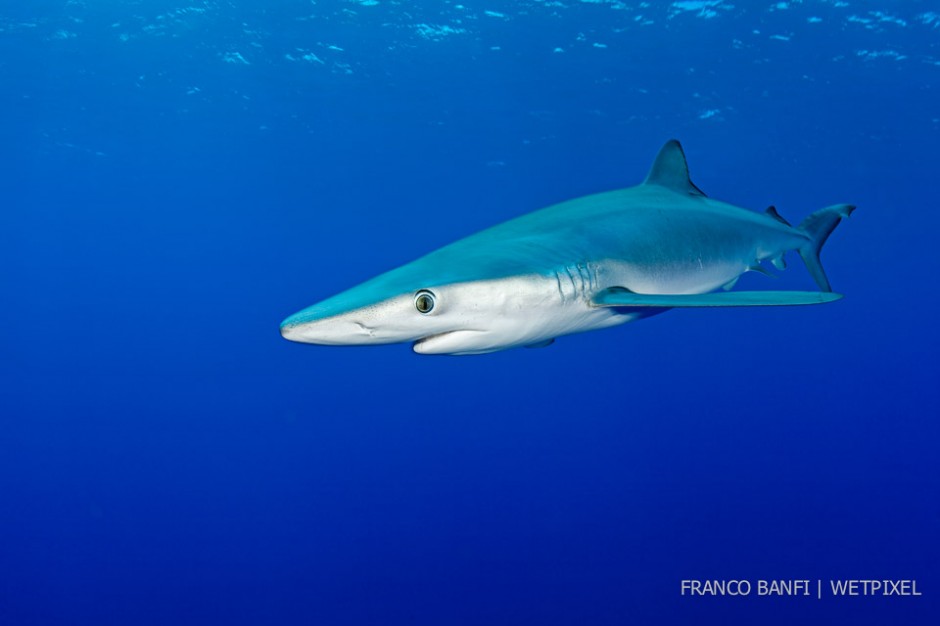
Blue shark, (Prionace glauca), Santa Maria, Azores, Portugal, Atlantic Ocean.